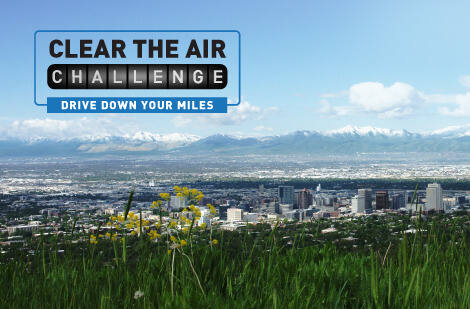
Clear the Air Challenge
Each July, Utah’s Clear the Air Challenge aims to improve the quality of Utah’s air. Getting involved is as easy as taking time to plan
Home » In the Community

Each July, Utah’s Clear the Air Challenge aims to improve the quality of Utah’s air. Getting involved is as easy as taking time to plan
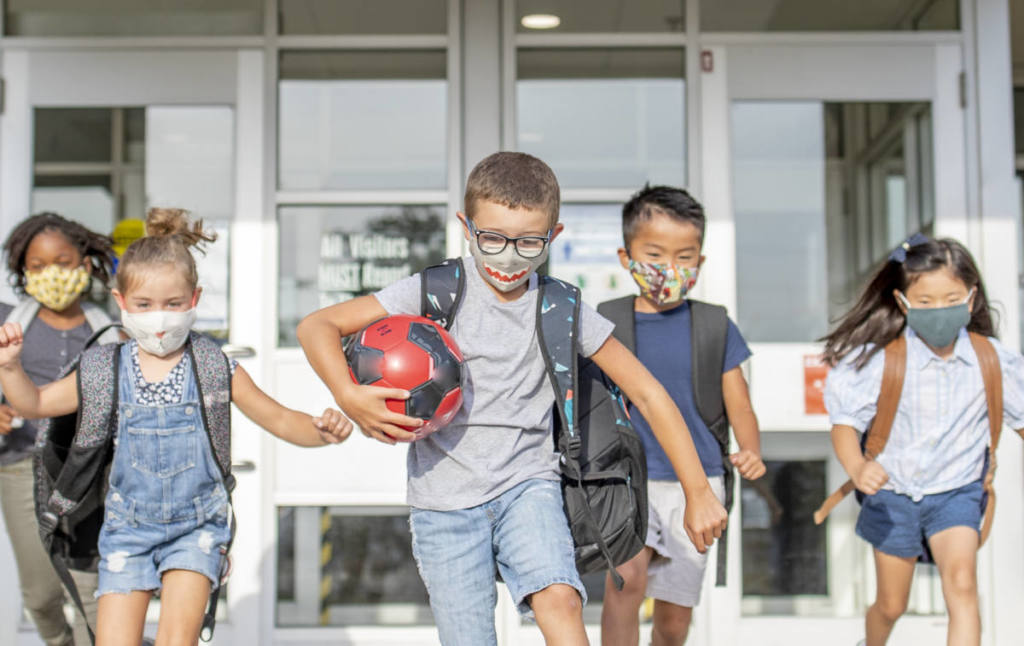
One challenge students and teachers are facing together is air quality. When the air quality is poor, students have recess indoors, and there are several ways that affects children and teachers.
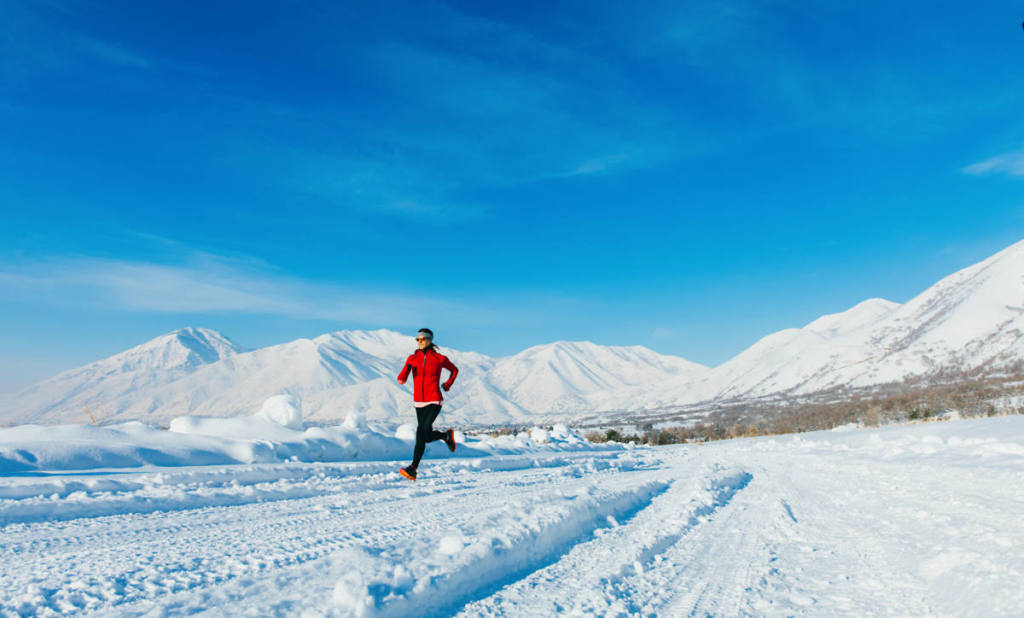
For Utah, snow is life. Our snow is so precious we boldly proclaim that it’s the “Best Snow on Earth,” and with good measure. Utah hosted the 2002 Olympics because of its spectacular snow. But, something less commonly known is that snow, or more specifically, snow storms affect the air quality in Utah.
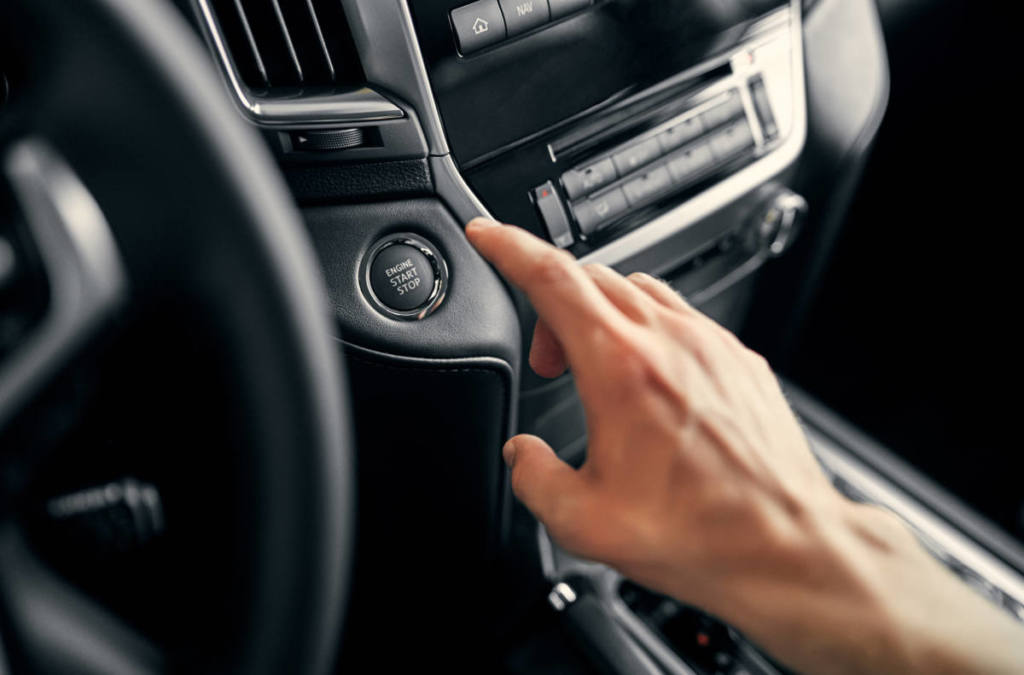
Being idle-free might seem too simple, or maybe it’s so simple you don’t think it will make a difference. According to the EPA, on average, every gallon of gasoline burned creates about 8,887 grams of CO2. CO2 is the gas that contributes to ozone. Your car also releases CH4 and N20 along with the CO2. Those particles get stuck in our air when we have inversion or ozone.
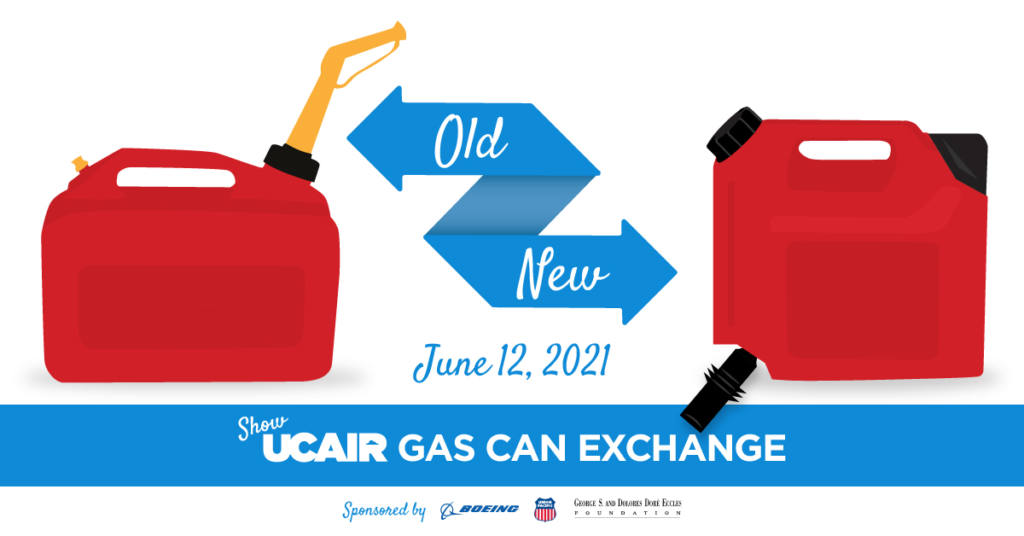
UCAIR has partnered with Boeing, Union Pacific and the George S. and Dolores Doré Eccles Foundation again for the ShowUCAIR Gas Can Exchange program. The Exchange is a free program that is open to all residents of non-attainment counties in Utah to exchange their old gas can for a new Environmental Protection Agency (EPA) compliant gas can to help reduce emissions and improve Utah’s air quality. All gas cans will be exchanged for a new 5 gallon SureCan gas cans.

The 6th Annual UCAIR Summit was a success! It looked a little different this year with precautions in place to abide by COVID-19 restrictions, but there was still plenty to report and celebrate. 2020 was a year full of change and that goes for the air and our organization as well.
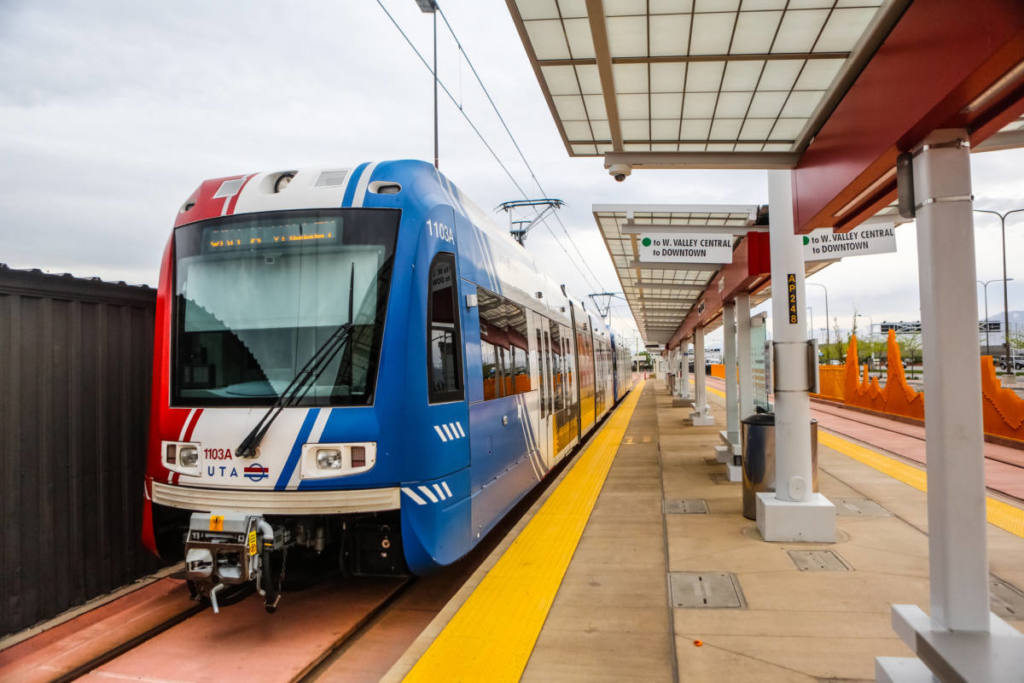
Cleaning up Utah’s air has been a journey, and The Clear The Air Challenge has been a pivotal event propelling that journey. The city of Salt Lake and supporting partners knew being proactive about the air quality in our state was essential and were able to secure a grant to launch what we know as The Clear The Air Challenge.
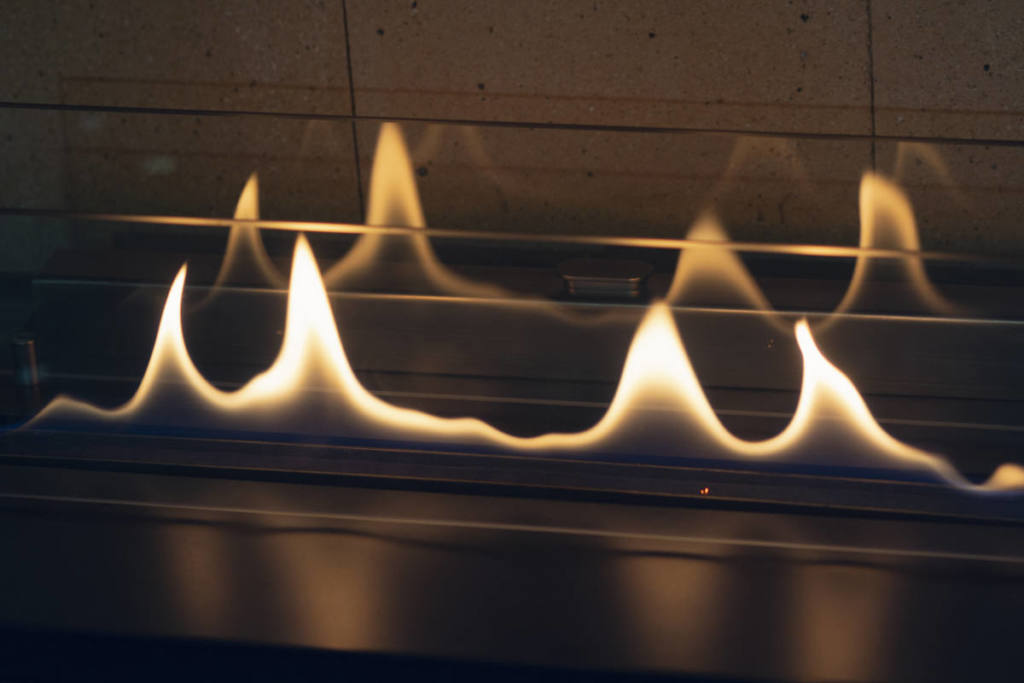
Utah’s air quality is a common concern for most residents. According to an article published by the SLC Tribune, “A home heated with wood emits as much particulate pollution as 200 homes heated with natural gas and as many volatile organic compounds as 500 homes.” Since 2018, Utah has instated regulations and restrictions on wood-burning based on air quality. While there are great resources to keep an eye on the air quality and when wood-burning restrictions are in place, the best-case scenario is to make the switch from wood-burning to gas heating. So why make the switch?
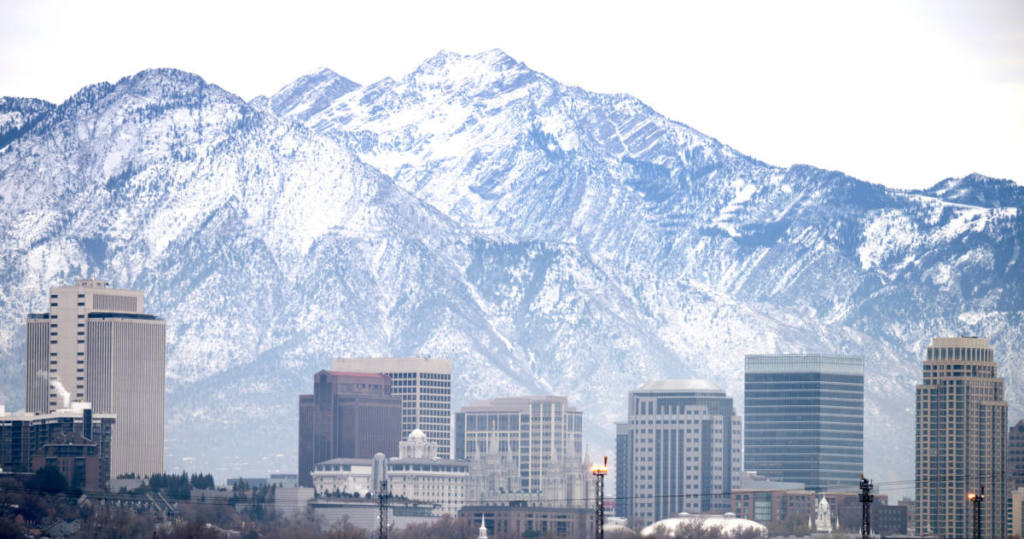
If you’ve lived in Utah, you’ve likely experienced winter inversion. The bowl our famous mountains create, combined with pollution and cold air, make a recipe for harsh polluted air that sticks around until a welcomed storm passes through. Winter inversions happen every year, but why does it happen and what can we do about it?

Family and Sports Medicine physician, Dr. Liz Joy, MD, MPH, shares air quality health insights on our blog this month. She practices at Intermountain Healthcare where she is the Medical Director Community Health and Nutrition and also currently serves as Co-Chair of the Air Quality and Health Workgroup and UCAIR’s Board of Directors Chair.